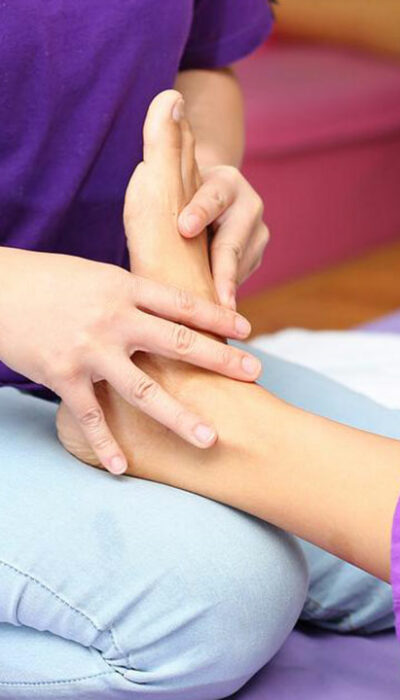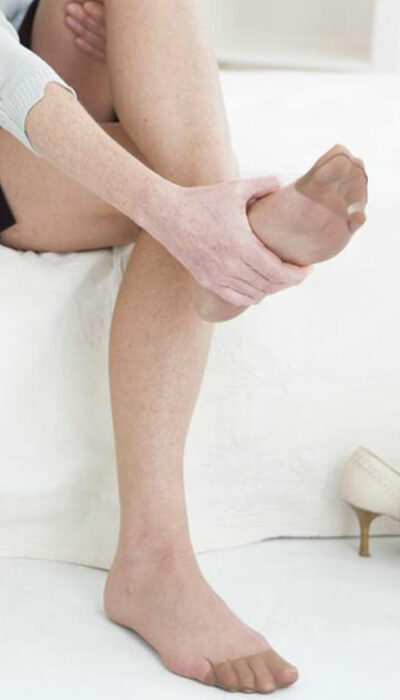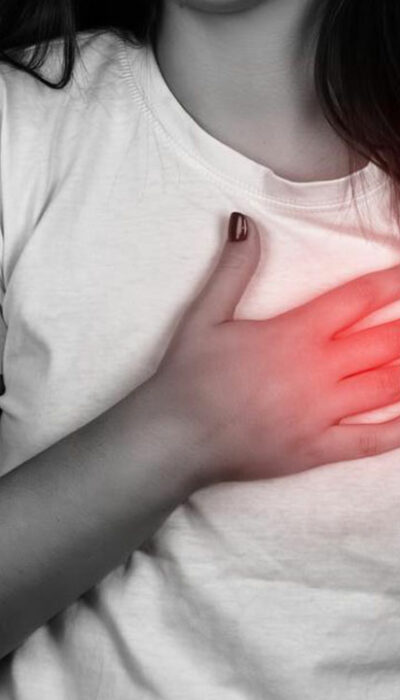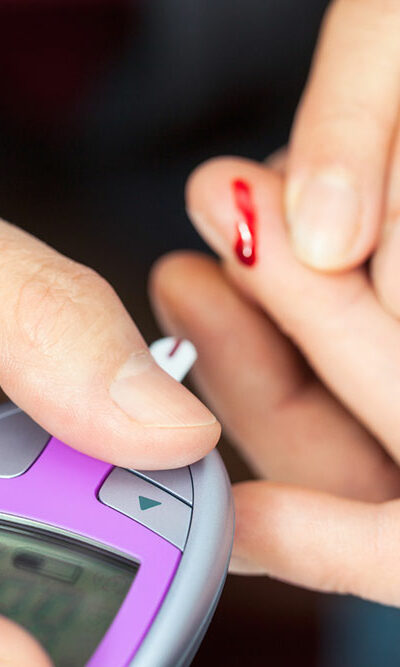
Know about the Effective Ways to Treat Neuropathy
The primary goal of neuropathy treatment is to address the condition that causes neuropathy. With neuropathy medications, you can effectively get relief from the discomforting symptoms associated with neuropathy. Lab tests are conducted to identify the underlying condition. When your lab tests do not suggest an underlying condition, the doctor might advise you to watch the symptoms closely to find out whether your neuropathy improves or not. Your doctor may also suggest some neuropathy medications depending on your condition. Learn about the most popular neuropathy medications When it comes to the neuropathy medications, there are certain ones which are used for treating conditions connected with neuropathy and utilized to bring relief to the signs and symptoms as well. Pain relievers are the most common medications, and you can also find over-the-counter neuropathy medications such as nonsteroidal anti-inflammatory drugs (NSAIDs). They are capable of relieving mild symptoms and painkillers are necessary when it comes to treating more severe symptoms. Opioids neuropathy medications Doctors sometimes prescribe Tramadol Opioids such as Conzip and Ultram, or you can also find oxycodone medications such as Oxycontin and Roxicodone for treating the symptoms of neuropathy. One of the disadvantages of these medications is their dependency and addictive nature. Doctors prescribe these options only when other treatment options fail to deliver results. Anti-seizure neuropathy medications Pregabalin and Gabapentin are some of the popular anti-seizure medications developed to address epilepsy, and they can be used to reduce nerve pain associated with neuropathy. The most common side effects are dizziness and drowsiness. Topical treatments for neuropathy If you are suffering from peripheral neuropathy, you can use capsaicin cream that contains an ingredient usually found in hot peppers, and this cream offers good results. When you are dealing with irritation and skin burn, you can apply this product to reduce these symptoms.










